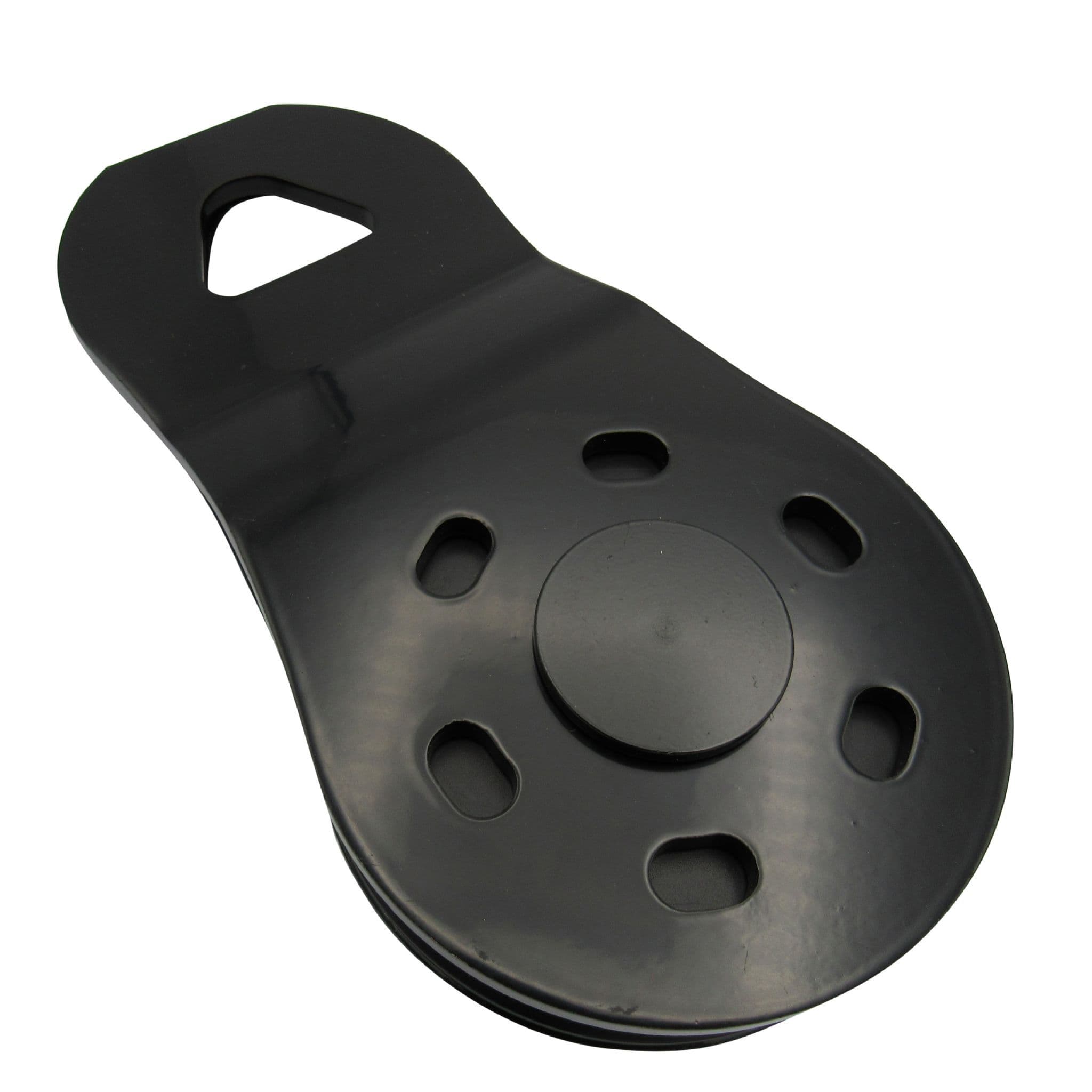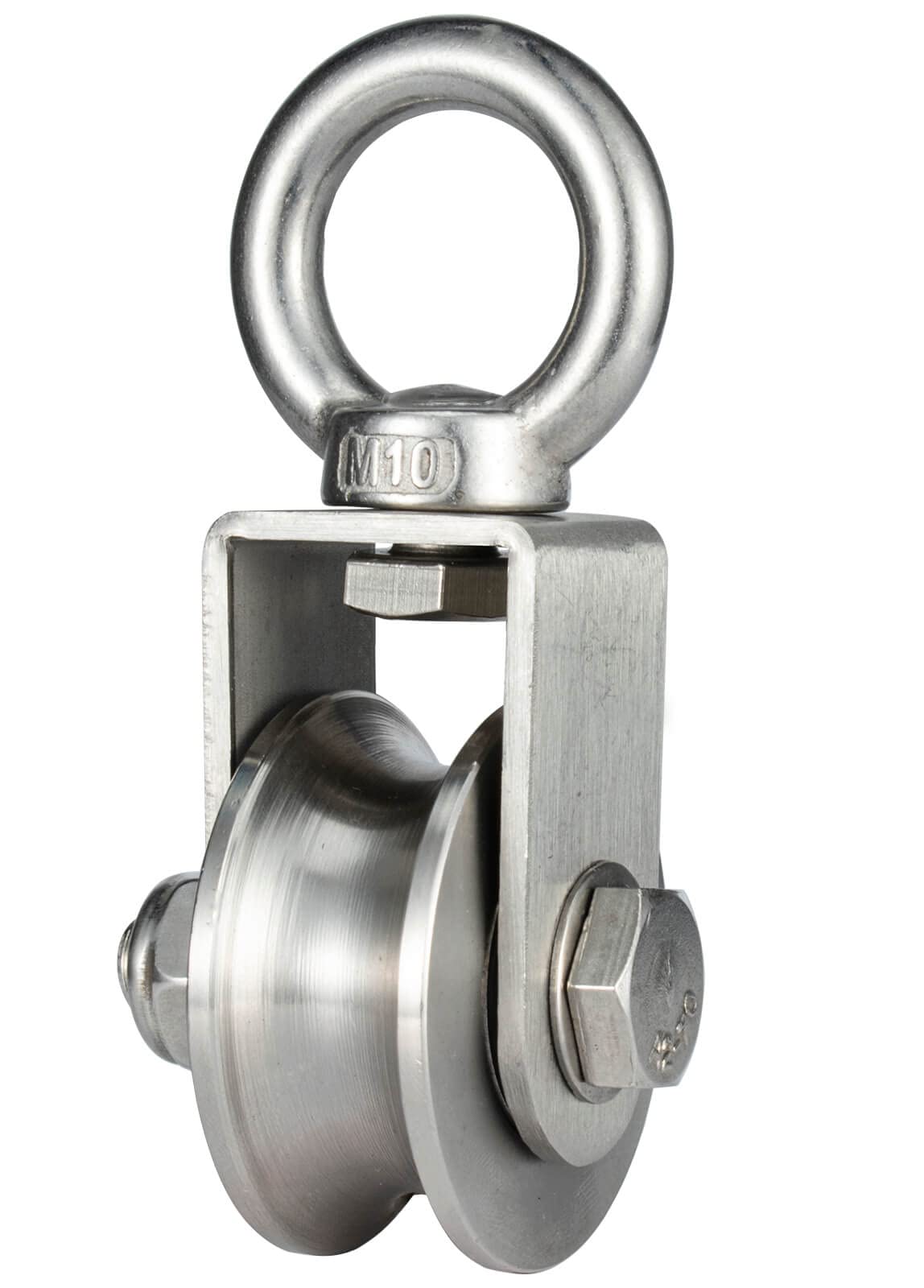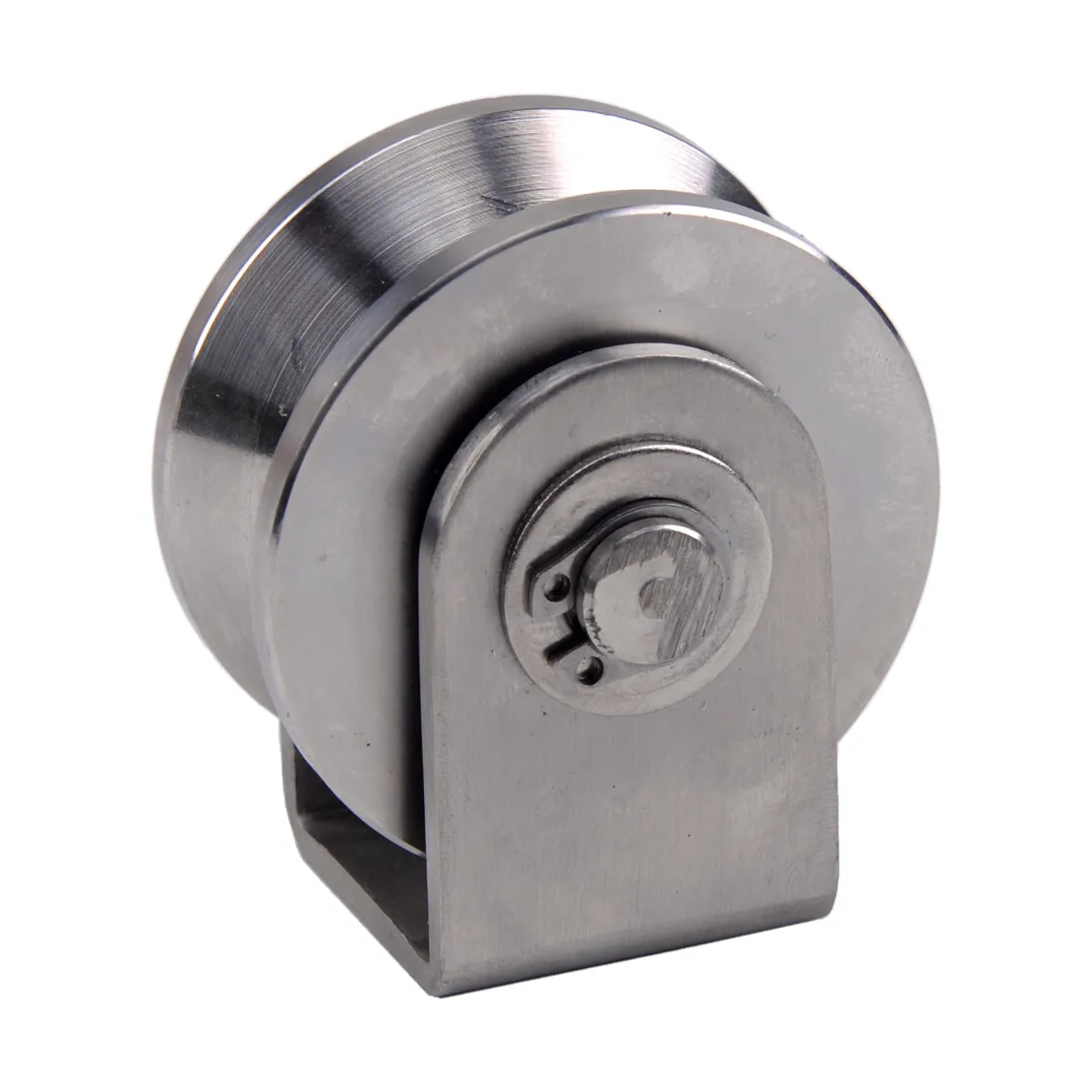Product Description
Factory Profile
ZheJiang CHINAMFG Machinery Manufacturing Co.,LTD. is an innovative manufacturing enterprise specalizing in the production, design, sales and installation of bulk material conveying equipment.
The company mainly provides belt conveyor, tubular belt conveyor, mobile belt conveyor, screw conveyor, Bucket Elevator, chain conveyor, scraper conveyor and other material handling conveying equipment. It also provides conveyor idlers rollers,conveyor drum pulleys,conveyor belts, belt cleaners,impact beds,take-up frame and other components.
Juntong Conveyor has many years of experience in supplying to a diverse range of industries which includes coal, cement,steel iron, chemical,agricultural, power,mining, port, quarrying,mechanical & civil engineering, waste management & recycling.
We have a professional R&D team with plenty technical patents.and we can produce conveyor products in different standards such as CEMA, JIS, ISO, AS, GB and so on. Also,our products have already qualified IS09001, CE, SGS, BV, MA certifications,In addition, CHINAMFG has established friendly and cooperative relationships with ZheJiang Material Handling Research Institute Co.,ltd( BMHRI), CHINAMFG Research Institute (CCRI), HangZhou University of Science and Technology (TYUST) , etc., so that the company’s research and development level has always been at the forefront of innovation in the field of bulk material transportation.CHINAMFG Conveyor has became a CHINAMFG brand with great reputation for providing total conveyor confidence.
| Type | Belt width(mm) | Standard Diameter(mm) | Length(mm) |
| Drive Pulley | 500 | 500 |
Length of the pulley depends on the belt width of the conveyor |
| 650 | 500~630 | ||
| 800 | 630~1000 | ||
| 1000 | 800~1150 | ||
| 1200 | 800~1150 | ||
| 1400 | 1000~1350 | ||
| 1600 | 1150~1600 | ||
| 1800 | 1150~1800 | ||
| 2000 | 1350~2000 | ||
| 2200 | 1600~2200 | ||
| 2400 | 1800~2400 | ||
| Bend Pully | 500 | 250~500 | |
| 650 | 250~630 | ||
| 800 | 250~1000 | ||
| 1000 | 250~1600 | ||
| 1200 | 250~1600 | ||
| 1400 | 315~1600 | ||
| 1600 | 400~1600 | ||
| 1800 | 400~1600 | ||
| 2000 | 500~1600 | ||
| 2200 | 630~1600 | ||
| 2400 | 800~1600 |
/* January 22, 2571 19:08:37 */!function(){function s(e,r){var a,o={};try{e&&e.split(“,”).forEach(function(e,t){e&&(a=e.match(/(.*?):(.*)$/))&&1
| Material: | Carbon Steel |
|---|---|
| Surface Treatment: | Polishing |
| Motor Type: | No |
| Customization: |
Available
| Customized Request |
|---|
.shipping-cost-tm .tm-status-off{background: none;padding:0;color: #1470cc}
|
Shipping Cost:
Estimated freight per unit. |
about shipping cost and estimated delivery time. |
|---|
| Payment Method: |
|
|---|---|
|
Initial Payment Full Payment |
| Currency: | US$ |
|---|
| Return&refunds: | You can apply for a refund up to 30 days after receipt of the products. |
|---|

How are heavy-duty pulleys integrated into overhead crane systems?
Heavy-duty pulleys are integral components in overhead crane systems, playing a critical role in the safe and efficient lifting and movement of heavy loads. These pulleys are specifically designed and integrated into the crane system to handle the demanding requirements of overhead lifting. Here’s a detailed explanation of how heavy-duty pulleys are integrated into overhead crane systems:
Trolley and Bridge Systems:
The trolley and bridge systems in an overhead crane comprise the main structural components that support the lifting mechanism and facilitate horizontal movement. Heavy-duty pulleys are incorporated into these systems to enable smooth and controlled movement. The trolley system consists of a trolley frame that carries the hoist and moves along the bridge. Heavy-duty pulleys are mounted on the trolley frame, allowing the hoist to move horizontally along the bridge. Similarly, heavy-duty pulleys are integrated into the bridge system, enabling the bridge to traverse the length of the crane runway.
Hoisting Mechanism:
The hoisting mechanism is responsible for lifting and lowering the load in an overhead crane system. Heavy-duty pulleys are an essential part of the hoisting mechanism, supporting the load-bearing cables or chains. These pulleys are typically located at the top of the crane structure and guide the cables or chains as they raise and lower the load. Heavy-duty pulleys with large sheave diameters are used to minimize stress concentration on the cables or chains, ensuring safe and reliable lifting operations.
Wire Rope or Chain Path:
In overhead crane systems, heavy-duty pulleys are strategically positioned to guide the wire ropes or chains along the desired path. The pulleys are designed to minimize friction and wear on the lifting elements, ensuring smooth and efficient movement. Proper alignment and positioning of the pulleys help prevent the wire ropes or chains from becoming tangled or deviating from their designated path, promoting safe and reliable lifting operations.
Load Distribution and Balancing:
Heavy-duty pulleys aid in load distribution and balancing within an overhead crane system. The pulleys help distribute the weight of the load evenly across the lifting elements, minimizing stress concentration and ensuring safe lifting. By properly balancing the load, heavy-duty pulleys contribute to the stability and control of the crane system, preventing accidents and equipment damage.
Sheave Diameter and Bearing Systems:
The sheave diameter of heavy-duty pulleys in overhead crane systems is carefully selected to match the specific requirements of the application. The larger sheave diameter helps reduce the bending stress on the wire ropes or chains, enhancing their lifespan and reliability. Additionally, heavy-duty pulleys employ robust bearing systems, such as sealed ball bearings or roller bearings, to ensure smooth rotation and minimize friction during lifting operations.
Safety Features:
Heavy-duty pulleys integrated into overhead crane systems often incorporate safety features to enhance operational safety. These may include emergency stop mechanisms, overload protection systems, or monitoring devices that provide feedback on the load capacity and operating conditions. The inclusion of such safety features helps prevent accidents, equipment damage, and ensures compliance with safety regulations.
Overall, heavy-duty pulleys are integrated into overhead crane systems to facilitate smooth movement, support the hoisting mechanism, guide wire ropes or chains, distribute and balance the load, and enhance safety. Their robust construction, appropriate sheave diameter, and proper positioning contribute to the reliable and efficient operation of overhead cranes, enabling the lifting and movement of heavy loads in various industrial applications.

How are heavy-duty pulleys adapted for specialized applications in the oil and gas industry?
Heavy-duty pulleys are specifically adapted and customized to meet the unique requirements and challenges of specialized applications in the oil and gas industry. These applications often involve harsh operating conditions, such as extreme temperatures, high pressures, corrosive environments, and heavy loads. Here’s a detailed explanation of how heavy-duty pulleys are adapted for specialized applications in the oil and gas industry:
- Corrosion Resistance: Heavy-duty pulleys used in the oil and gas industry are typically constructed from corrosion-resistant materials, such as stainless steel or specialized alloys. This ensures their durability and longevity in aggressive environments where exposure to corrosive substances, including saltwater, chemicals, and hydrocarbons, is common. The corrosion resistance of these pulleys helps to prevent degradation and maintain their performance over extended periods of operation.
- High Load Capacity: Heavy-duty pulleys for the oil and gas industry are designed to handle the substantial loads encountered in various applications. They are engineered with robust construction and high load-bearing capacities to withstand the weight and forces associated with lifting, pulling, and moving heavy equipment, machinery, or materials. The high load capacity of these pulleys ensures safe and reliable operation in demanding oil and gas operations.
- Extreme Temperature Resistance: In certain oil and gas applications, heavy-duty pulleys must operate in extreme temperature conditions, including both high and low temperatures. Pulleys designed for these specialized applications are manufactured using materials that can withstand and perform reliably in such temperature extremes. This adaptability allows the pulleys to maintain their structural integrity and functionality, ensuring continuous operation in challenging thermal environments.
- Explosion-Proof Design: The oil and gas industry often involves hazardous or potentially explosive atmospheres. Heavy-duty pulleys for specialized applications in this industry are designed with explosion-proof features to mitigate the risk of ignition and ensure compliance with safety regulations. These pulleys may incorporate flame-resistant materials and anti-static properties to prevent sparks or electrical discharge that could ignite flammable substances.
- Sealing and Contamination Protection: Heavy-duty pulleys used in the oil and gas industry are equipped with sealing mechanisms to protect internal components from contamination by dust, dirt, moisture, and other harmful substances. Seals, shields, or specialized enclosures prevent the ingress of contaminants, helping to maintain the smooth operation and longevity of the pulleys in challenging environments. Additionally, pulleys may incorporate lubrication systems or self-cleaning features to further enhance their performance and reliability.
- Subsea Adaptation: The oil and gas industry frequently requires heavy-duty pulleys to operate in subsea or offshore environments, where they may be exposed to high pressures and submersion in water. Pulleys intended for subsea applications are designed with features to withstand these conditions. They may include enhanced sealing mechanisms, corrosion-resistant coatings, and specialized materials to ensure reliable performance and prevent damage caused by the subsea environment.
- Customization and Integration: Heavy-duty pulleys for specialized oil and gas applications can be customized and integrated into specific equipment or systems. They are tailored to meet the dimensional, functional, and operational requirements of the application. This customization may involve adapting the pulley’s dimensions, bearing types, mounting configurations, and connection mechanisms to integrate seamlessly with the equipment or system in which they are utilized.
In summary, heavy-duty pulleys for specialized applications in the oil and gas industry are adapted to withstand corrosive environments, accommodate high loads, resist extreme temperatures, feature explosion-proof design, incorporate sealing and contamination protection, adapt to subsea conditions, and offer customization and integration options. These adaptations ensure the reliable and safe performance of heavy-duty pulleys in the unique operating conditions of the oil and gas industry.

How does the size and design of a heavy-duty pulley impact its load-bearing capacity?
The size and design of a heavy-duty pulley play a significant role in determining its load-bearing capacity. These factors directly influence the pulley’s ability to support and distribute the weight of heavy loads effectively. Here’s a detailed explanation of how the size and design of a heavy-duty pulley impact its load-bearing capacity:
Size:
The size of a heavy-duty pulley refers to the diameter of its sheave or wheel. In general, larger pulleys have a higher load-bearing capacity compared to smaller pulleys. This is because larger pulleys provide a larger contact area for the cable or rope, distributing the load over a greater surface area. The larger contact area reduces stress concentration on the cable or rope, minimizing the risk of premature wear or failure. Additionally, larger pulleys allow for a more gradual bend radius, which helps prevent excessive bending and fatigue of the cable or rope. Thus, a larger-sized pulley can handle heavier loads more effectively and safely.
Design:
The design of a heavy-duty pulley encompasses various aspects that impact its load-bearing capacity:
- Sheave Diameter: The diameter of the sheave directly affects the mechanical advantage of the pulley system. A larger sheave diameter increases the mechanical advantage, allowing for easier lifting of heavy loads. This means that a heavy-duty pulley with a larger sheave diameter can handle heavier loads more efficiently.
- Hub Construction: The hub of the pulley, which connects the sheave to the axle or shaft, should be designed to withstand the stresses induced by heavy loads. Heavy-duty pulleys often have reinforced hubs that can handle higher loads without deformation or failure. The hub design should provide sufficient strength and rigidity to ensure the stability and integrity of the pulley under load.
- Bearing System: The bearing system of a heavy-duty pulley is crucial for smooth rotation and load distribution. High-quality bearings, such as sealed or shielded ball bearings, are commonly used in heavy-duty pulleys to minimize friction and ensure reliable operation under heavy loads. The bearing system should be designed to handle the anticipated loads and provide long-term durability and performance.
- Material Strength: Heavy-duty pulleys are typically made from strong and durable materials such as steel or cast iron. The material strength is a critical factor in determining the load-bearing capacity of the pulley. A robust material construction ensures that the pulley can withstand the high loads without deformation or failure. Additionally, the material should have good resistance to wear, corrosion, and other environmental factors that may affect the pulley’s performance and longevity.
- Structural Reinforcement: Heavy-duty pulleys often incorporate structural reinforcements to enhance their load-bearing capacity. This may include features such as thicker rims, additional ribs, or gussets that provide increased strength and rigidity. The structural reinforcement helps to distribute the load more evenly throughout the pulley, reducing stress concentration and improving overall load-bearing capacity.
In summary, the size and design of a heavy-duty pulley have a direct impact on its load-bearing capacity. Larger pulleys with larger sheave diameters provide a larger contact area and more gradual bend radius, allowing them to handle heavier loads more effectively. The design elements, such as hub construction, bearing system, material strength, and structural reinforcement, further contribute to the pulley’s load-bearing capacity by ensuring stability, durability, and even load distribution. When selecting a heavy-duty pulley, it is crucial to consider its size and design features to ensure it can handle the intended high-load tasks safely and efficiently.


editor by CX
2024-05-14